7 reasons your washing machine won’t spin — and how to fix them
We’ve found 7 things that stop your washing machine’s spin cycle
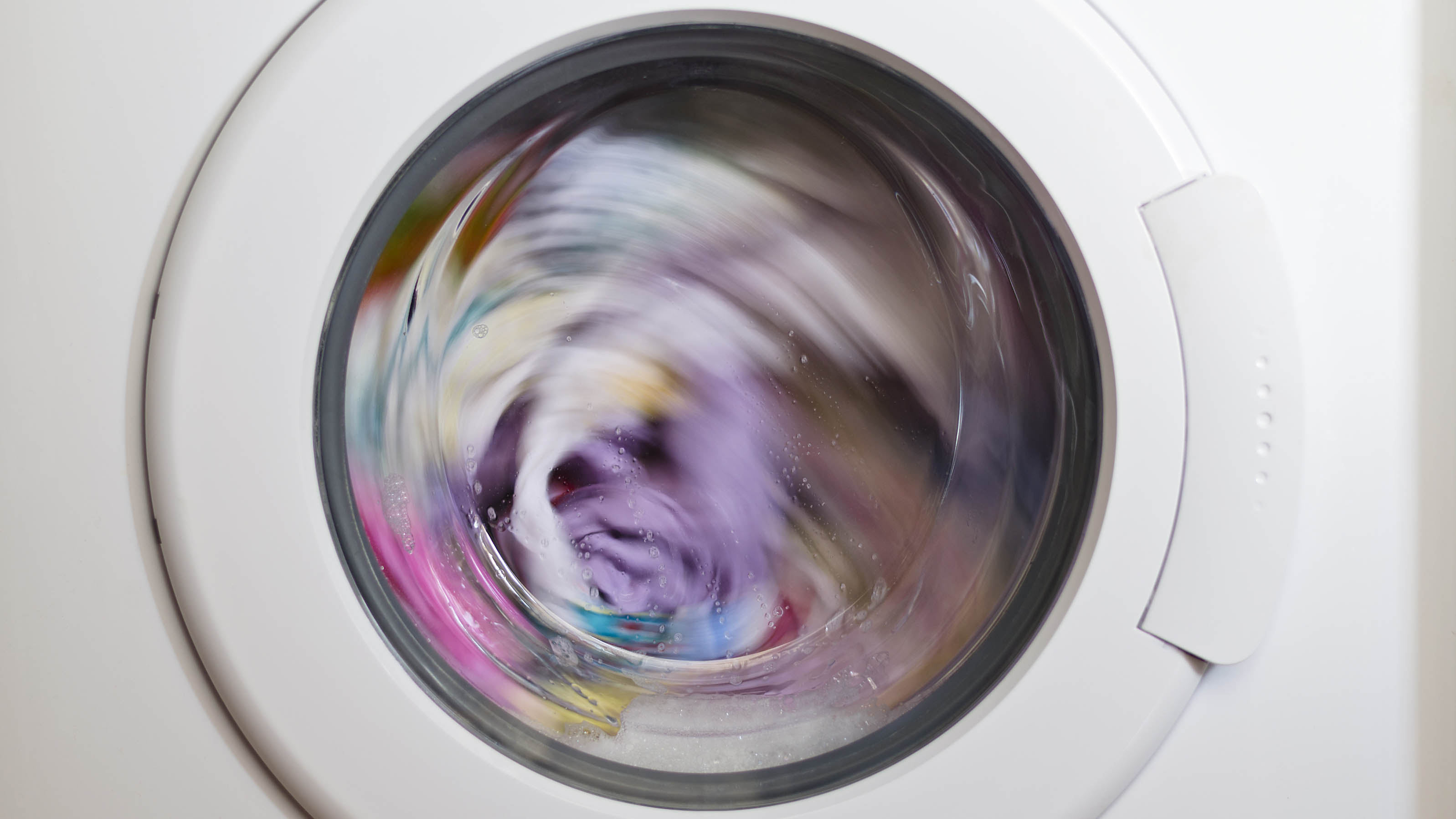
Washing machines couldn’t be much easier to use. Simply load your dirty clothes, add some detergent, set the program, and you’re good to go. A few hours later, you’ve got clean and fresh laundry ready for the best clothes dryers.
But if something stops your washing machine from spinning, that’s where things get more complicated. You end up with a sopping wet ball of laundry, which you either need to run through another separate spin cycle (after some adjustments to the load), or if that fails, wring it out and dry it yourself, which is a long process.
A failed spin cycle can be a real nuisance and even the best washing machines can suffer from it. If this is a regular occurrence for you, we’ve found 7 reasons your washing machine won't spin, so you can fix this problem once and for all.
1. Overloaded
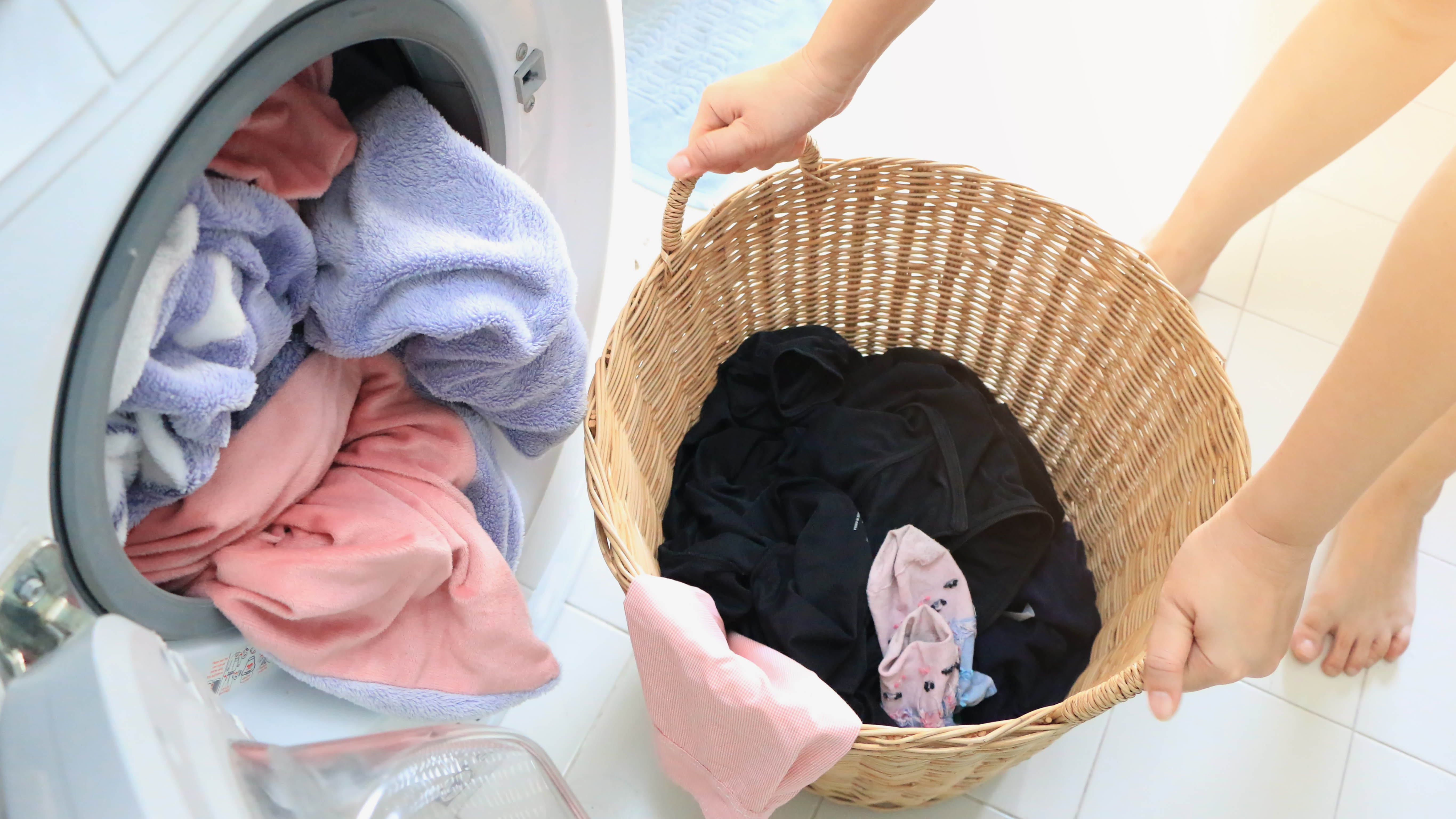
Cramming everything into your washing machine is an easy habit to fall into. After all, the fewer cycles you have to run, the more you save in terms of energy and water. While this is technically true, by overloading your washing machine, the load won’t wash as well — the clothes won't agitate as easily and the detergent can’t penetrate or apply itself evenly.
Add to that, an overloaded washing machine will often fail to spin. Your clothes may not seem so heavy when they’re dry, but when soaked with water, the excess weight from an overloaded drum can cause tremendous strain on the appliance, and it can easily become unbalanced as a consequence. If your washing machine senses it’s unbalanced, it won’t spin as a safety precaution — otherwise it can cause the appliance to shake and vibrate aggressively.
The answer to this is simple — don’t overload your washing machine. You can tell you’re doing this because you end up cramming and stuffing items in. Only fill it to full capacity to make the most efficient use of the space, and to ensure a full and controlled spin cycle. Remember that some cycles feature a reduced capacity as well, such as the quick wash setting, so always keep this in mind.
If you want to save money and be more sustainable, here’s how to make your laundry more eco-friendly.
Sign up to get the BEST of Tom's Guide direct to your inbox.
Get instant access to breaking news, the hottest reviews, great deals and helpful tips.
2. Uneven load
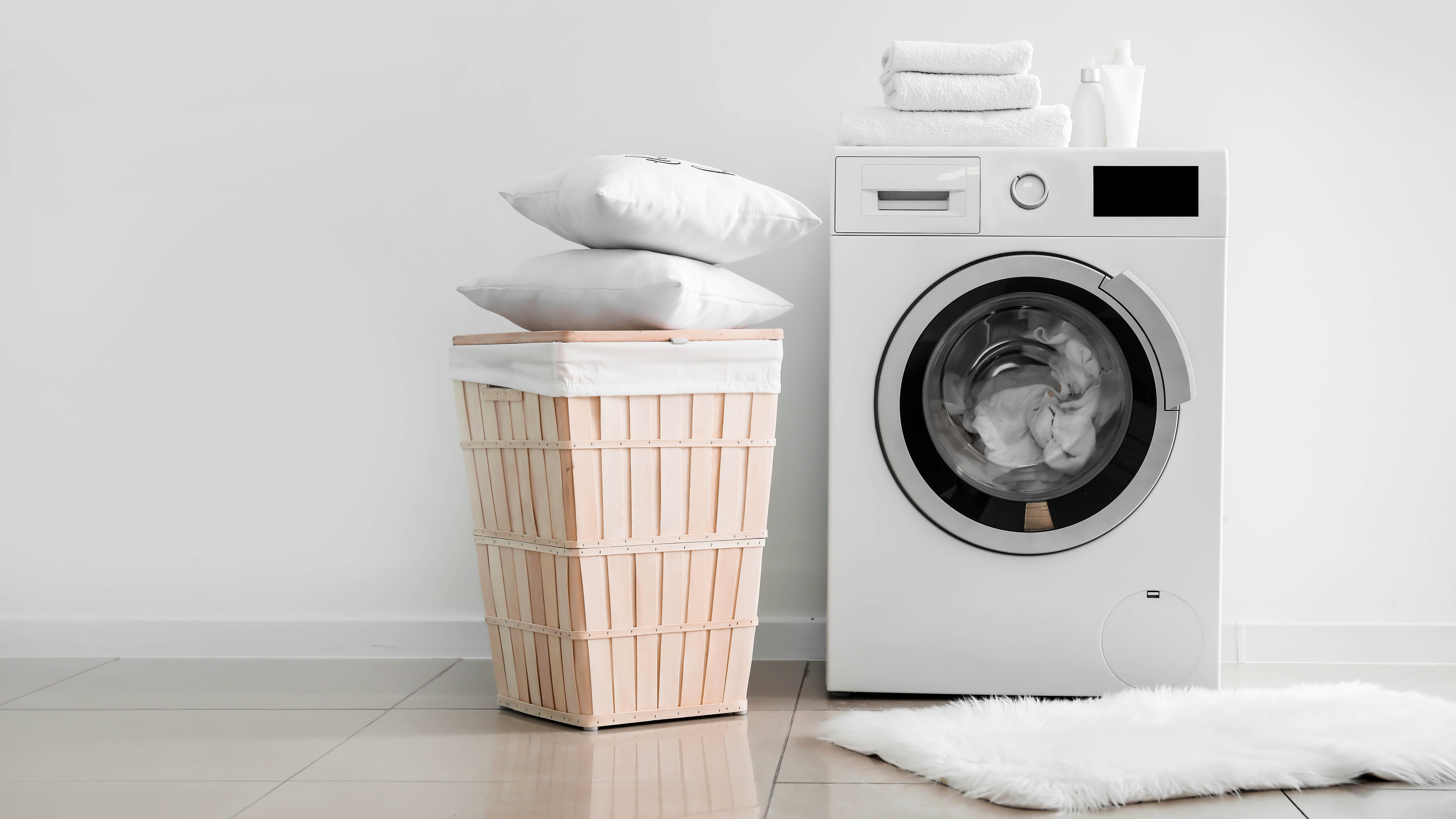
Depending on what you’re washing, you may not be filling the machine to full capacity, but creating an uneven load nonetheless. This is often the case when washing singular heavy items, such as pillows or small duvets. As these are soaked and weighed down in the wash cycle, any gap in the drum becomes all the more prominent.
Then, as the machine tries to pick up speed to spin, that weight is thrown across the drum, making it unbalanced. For the same reasons as in point one, the sensors will usually kick in and prevent it from spinning in such circumstances. Otherwise, you will need to learn how to fix a shaky machine and deal with any consequential damage to your floors.
The solution to this is simply to even out the weight distribution. You can do this by loading two pillows at once, or by padding out the weight with towels. This should allow the machine to pick up adequate spin speed safety, without throwing itself around.
You should always check that whatever bedding you’re washing is suitable for the machine before using this method though. Certain pillows, such as memory foam, aren’t suitable, while delicate bedding may require dry cleaning.
If you do wash your pillows via the washing machine, make sure you dry them out thoroughly afterward, fluffing them repeatedly in a well-ventilated space. For step-by-step guidance, here’s how to wash a pillow.
3. Machine itself is uneven
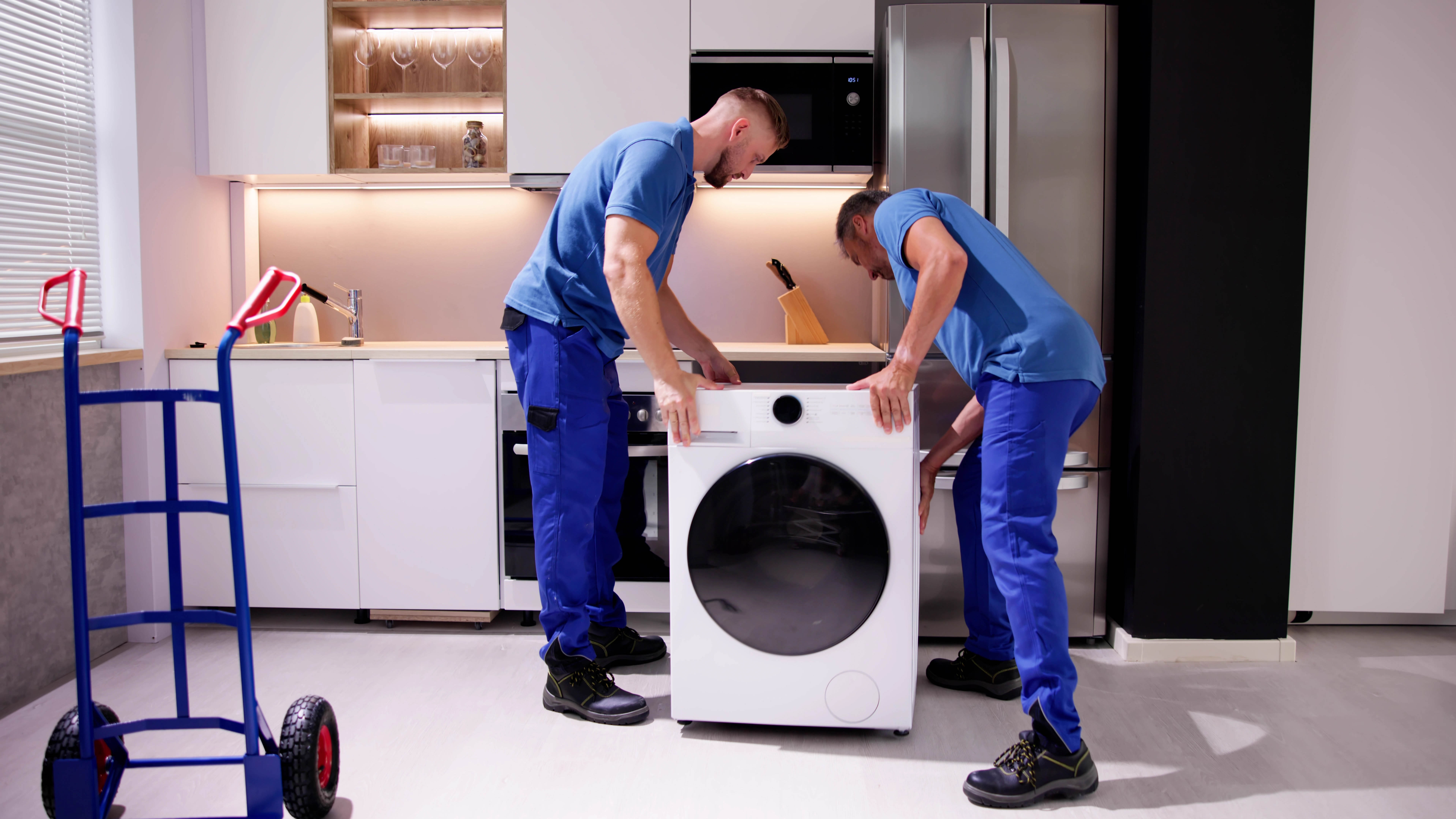
Another reason your washing machine won’t spin could be down to the leveling of the appliance itself. If the feet aren’t evenly balanced on the floor, it will throw itself around as the weight is rotated in the drum, making a lot of noise in the process.
You can tell this is the case by leaning on the top of the appliance and feeling if it tips as you move your weight around. Failing that, a spirit level, such as this Dowell 9 Inch Magnetic Box Level Torpedo Level ($6, Amazon), can help show where the appliance is uneven. The sensors will once again prevent the spin cycle in such conditions.
To level out an uneven washing machine, you need to adjust the feet to the correct height. First, you will need to disconnect the appliance, then carefully pull it away from its position (using two people). This is so you can check the condition of the floor — if it’s damaged in any way, you'll need to replace it. Depending on access, you may need to adjust the feet here before moving it back into position, but otherwise you can push it back into place with a helping hand, and adjust it from there.
The manual will contain the necessary instructions to adjust the feet, but the norm is to loosen the lock nuts on each foot using a wrench, and then rotate the necessary bolts to increase or lower the height. Check the balance throughout the adjustments, and then lock the nuts once you’re happy. This should fix this problem, but if you’re unsure or unconfident with adjusting the feet yourself you can always call in a professional to help.
4. Excess detergent
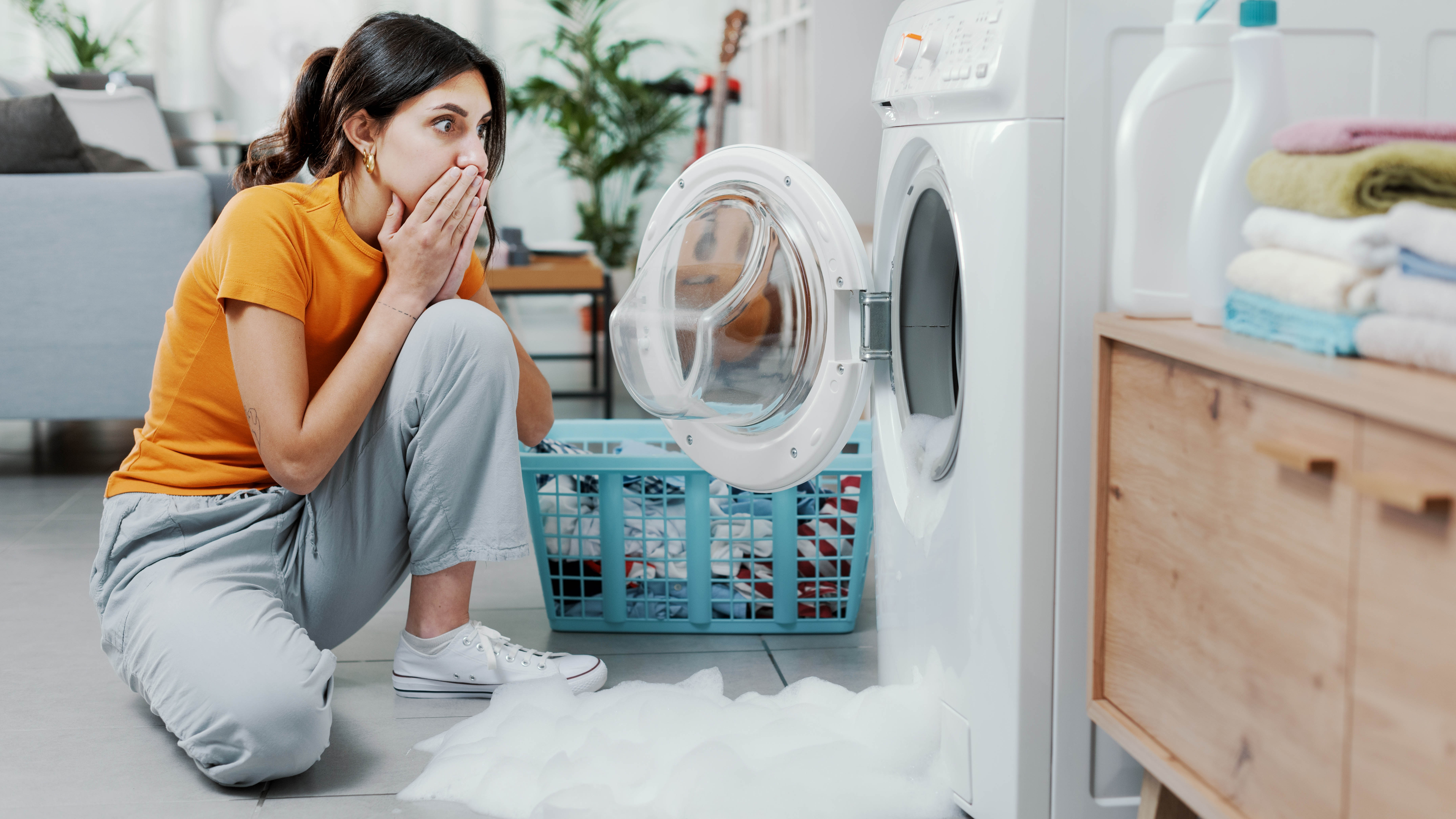
Most of us assume excess detergent is no bad thing. If anything, we believe it will improve the cleaning performance, but sadly that’s not the case. Too much detergent will be more difficult to rinse away, resulting in residual soap in your clothes. This leads to a "scrunchy" texture which is more prone to trigger allergic reactions.
Clothes won’t agitate so well in the wash either. According to Tide, “Too many suds prevent a good wash by cushioning the clothes from rubbing against one another – it’s this rubbing that helps the clothes get as clean as possible.”
Too much detergent also can cause problems when it comes to the spin cycle for front-loading machines as well. This is because it creates excess suds which confuse the sensors if not fully rinsed away. The washing machine will believe it is fuller than it actually is, which impacts the spin cycle speed. It may even pause to try to remove the suds, prompting delays or errors. At best, this results in a less-efficient spin cycle with overly damp, soapy clothes to show for it.
Avoid this problem by using a suitable HE (high efficiency) laundry detergent. Such detergents won’t cause excess suds, but make sure you follow the dosage requirements. Using too much is one of the 7 laundry detergent mistakes to avoid at all costs.
5. Water won’t drain
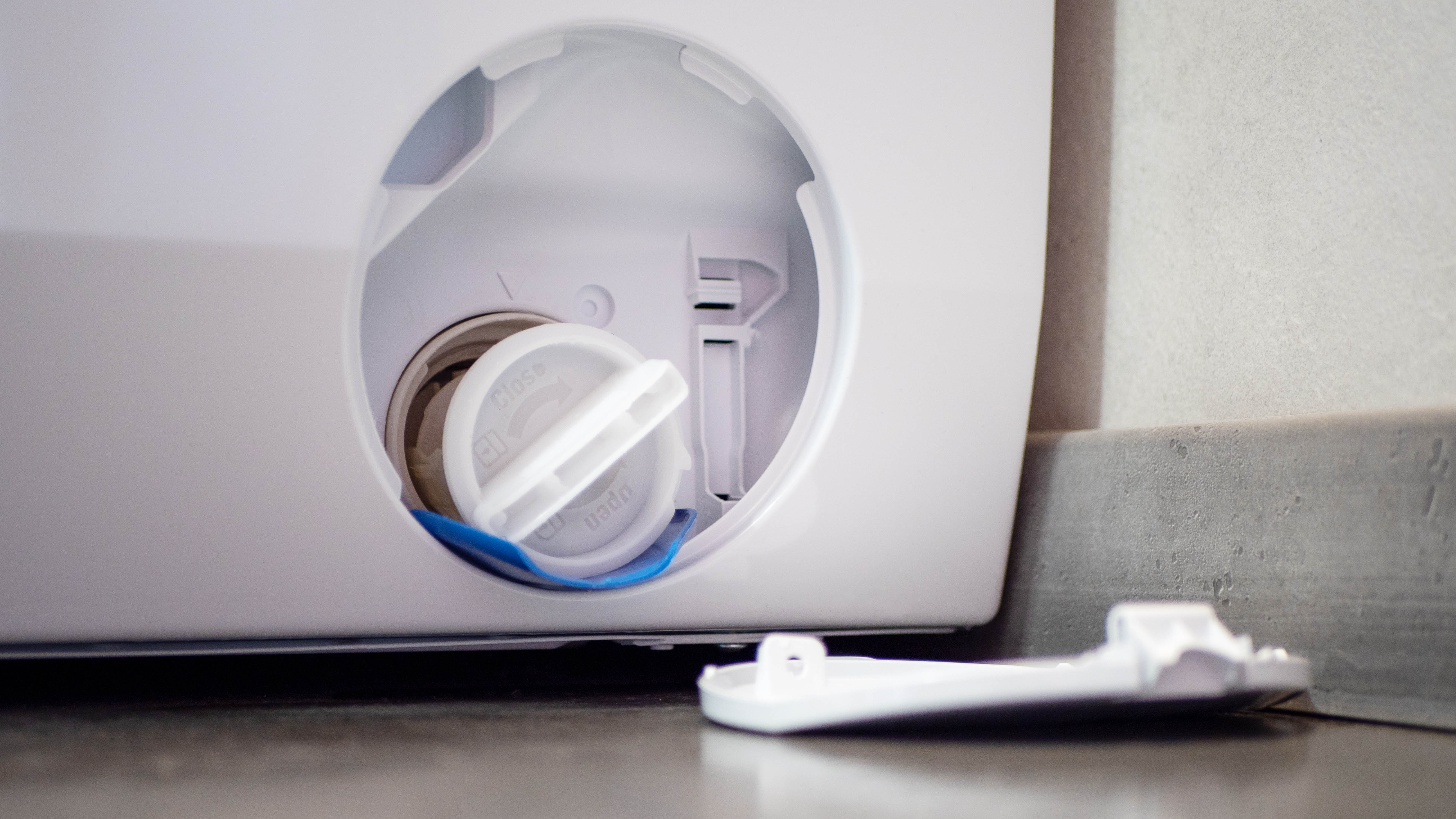
The residual water from the washing and rinsing cycles needs to drain away before your washing machine will let itself spin. It also needs to continue draining during the spin cycle itself too. The drain pump and hose both need to be fully functioning to do this. If they’re not, you will be left with residual water in the drum which you need to drain manually, not to mention a sopping wet pile of laundry.
If you suspect draining to be the issue, make sure the drain hose isn’t bent, clogged or damaged in any way. This can be found on the back of the machine. After disconnecting and draining the machine, straighten out the hose, or replace it if necessary, making sure the water can flow freely from the machine.
Once you’ve done that, check over the drain pump too. This tends to be at the back of the washer for a top-loading machine, sometimes behind a panel (refer to your manual for guidance), or at the bottom of a front-loading machine. You will need to manually empty any residual water and then Inspect the pump, including the filter and impeller, for any blockages.
Once the filter is rinsed and cleaned (after removing the cap) and any lint and debris removed, replace everything before reconnecting. Here’s how to clean a washing machine if you want to give your appliance a full tune-up.
6. Damaged drive belt
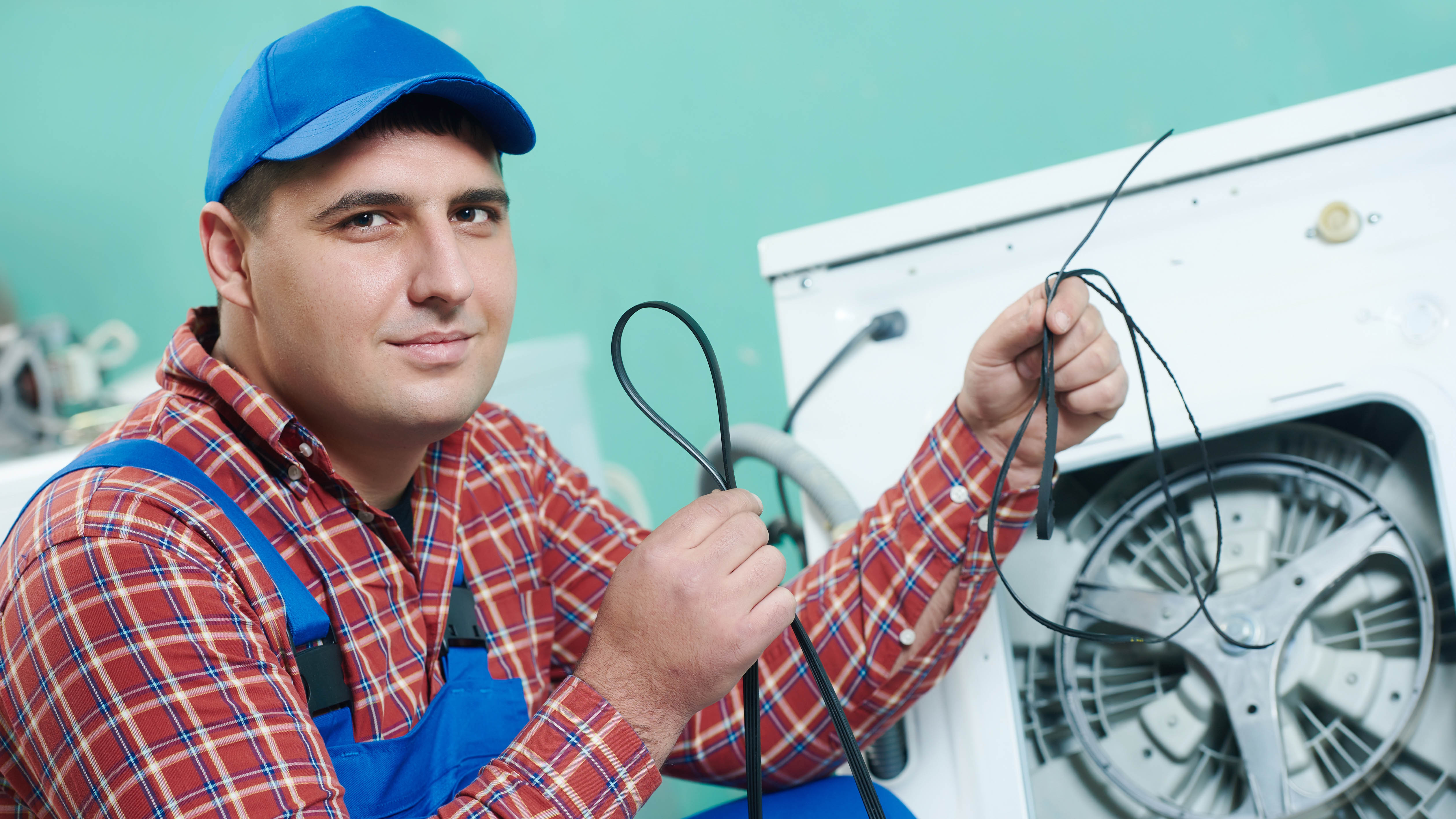
The drive belt is what rotates the drum in your washing machine. So, if it’s stopped spinning, there could be a problem here, too. You can check the condition of your drive belt by manually turning the empty drum of your washing machine by hand. If it rotates freely with no resistance, the drive belt has likely been displaced or it’s broken altogether.
On some machines, you can check the drive belt by disconnecting the machine and removing the front or back panel — your manual should provide guidance. You should be able to see if it’s come loose or has broken and requires replacing.
In either situation, we recommend calling in a professional to handle the replacement. Some machines will need to be propped up or even tipped over to access this part which can be dangerous, and it’s essential that you use the right part for the right model and fit it correctly, which a professional can help with.
7. Insufficient power
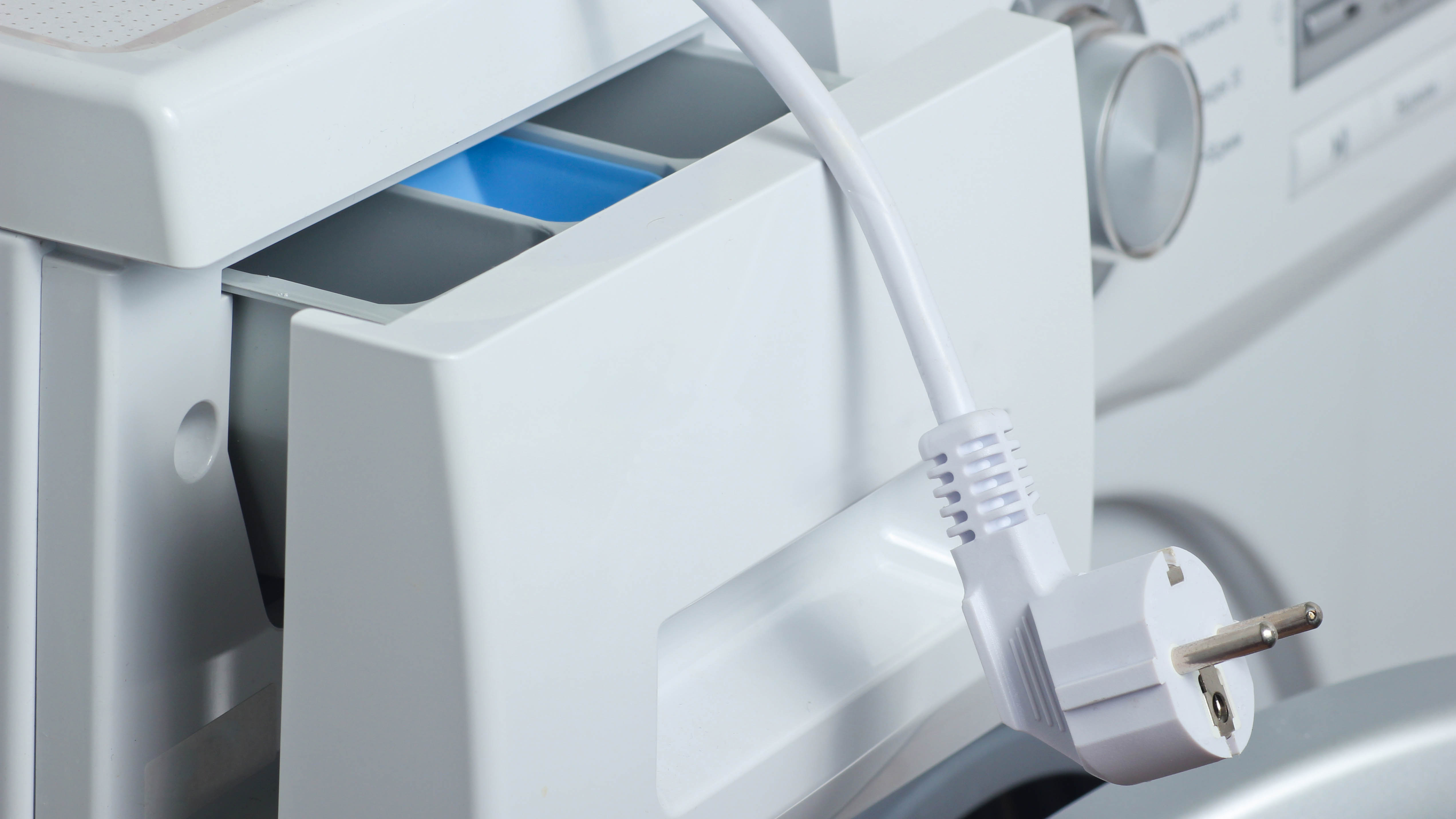
If the flex cable for your washing machine is short and overly taught when plugged in, the start of a spin cycle might displace the plug from the socket. If you have to keep plugging your washing machine back in to complete a cycle, you might require a professional to rewire the outlet and bring it closer, or simply move your machine closer to the power point.
Do not use an extension cord with a washing machine — this is widely discouraged by manufacturers. It leads to potential safety hazards, wears away parts in your washing machine more quickly (not helping your washing machine last longer), plus the warranty likely won’t cover any damage in such circumstances. Make sure there’s a dedicated outlet with a suitable energy supply for your washing machine.
More from Tom's Guide

Katie Mortram used to be a Homes Editor for Tom's Guide, where she oversaw everything from kitchen appliances to gardening tools, as well as smart home tech. Specializing in providing expert advice for cleaning and home manintenance, she now works as Household Advice Editor for Good Housekeeping.
